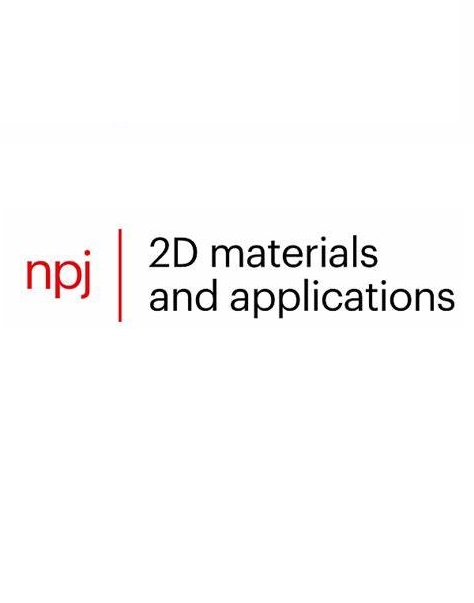Relaxation effects in transition metal dichalcogenide bilayer heterostructures
IF 8.8
2区 材料科学
Q1 MATERIALS SCIENCE, MULTIDISCIPLINARY
引用次数: 0
Abstract
While moiré structures in twisted bilayer transition metal dichalcogenides (TMDCs) have been studied for over a decade, the importance of lattice relaxation effects was pointed out only in 2021 by DiAngelo and MacDonald1, who reported the emergence of a Dirac cone upon relaxation. TMDCs of group 6 transition metals MX2 (M = Mo, W, X = S, Se) share layered structures with pronounced interlayer interactions, exhibiting a direct band gap when exfoliated to a two-dimensional (2D) monolayer. As their heterolayers are incommensurable, moiré structures are present in the bilayers even if stacked without a twist angle. This study addresses the challenge of accurately modeling and understanding the structural relaxation in twisted TMDC heterobilayers. We show that the typical experimental situation of finite-size flakes stacked upon larger flakes can reliably be modeled by fully periodic commensurate models. Our findings reveal significant lattice reconstruction in TMDC heterobilayers, which strongly depend on the twist angle. We can categorize the results in two principal cases: at or near the untwisted configurations of 0° and 60°, domains with matching lattice constants form and the two constituting layers exhibit significant in-phase corrugation—their out-of-plane displacements are oriented towards the same direction in all local stackings—while at large twist angles—deviating from the 0° and 60°—the two layers show an out-of-phase corrugation. In particular, we reveal that the lattice reconstruction results from the competition between the strain energy cost and the van der Waals energy gain. Additionally, our systematical study highlights structural disparities between heterostructures composed of different or identical chalcogen atoms. Our research not only confirms the reliability of using periodic commensurate models to predict heterostructure behavior but also enriches the understanding of TMDC bilayer heterostructures.

过渡金属二卤化物双层异质结构中的弛豫效应
虽然人们对扭曲双层过渡金属二钙化物(TMDCs)中的摩尔纹结构已经研究了十多年,但直到 2021 年,DiAngelo 和 MacDonald1 才指出晶格弛豫效应的重要性,并报告了弛豫时出现的狄拉克锥。第 6 族过渡金属 MX2(M = Mo、W,X = S、Se)的 TMDC 具有明显的层间相互作用的层状结构,在剥离成二维(2D)单层时表现出直接带隙。由于它们的异层是不可比的,因此即使堆叠时没有扭曲角度,双层膜中也会出现摩尔纹结构。本研究解决了如何准确模拟和理解扭曲 TMDC 异质层结构弛豫的难题。我们的研究表明,有限尺寸的薄片堆叠在更大的薄片上这种典型的实验情况可以通过完全周期性的相称模型进行可靠建模。我们的研究结果表明,在 TMDC 异质层中存在明显的晶格重构现象,这与扭曲角度密切相关。我们可以将结果分为两种主要情况:在 0° 和 60° 的非扭曲构型下或其附近,形成了具有匹配晶格常数的畴,两个构成层表现出明显的同相波纹--在所有局部堆叠中,它们的面外位移都朝向同一方向;而在大扭曲角(不同于 0° 和 60°)下,两个层表现出失相波纹。我们特别发现,晶格重构是应变能耗与范德华能增益竞争的结果。此外,我们的系统研究还凸显了由不同或相同的查尔根原子组成的异质结构之间的结构差异。我们的研究不仅证实了使用周期相称模型预测异质结构行为的可靠性,还丰富了对 TMDC 双层异质结构的理解。
本文章由计算机程序翻译,如有差异,请以英文原文为准。
求助全文
约1分钟内获得全文
求助全文
来源期刊

npj 2D Materials and Applications
Engineering-Mechanics of Materials
CiteScore
14.50
自引率
2.10%
发文量
80
审稿时长
15 weeks
期刊介绍:
npj 2D Materials and Applications publishes papers on the fundamental behavior, synthesis, properties and applications of existing and emerging 2D materials. By selecting papers with the potential for impact, the journal aims to facilitate the transfer of the research of 2D materials into wide-ranging applications.
 求助内容:
求助内容: 应助结果提醒方式:
应助结果提醒方式:


